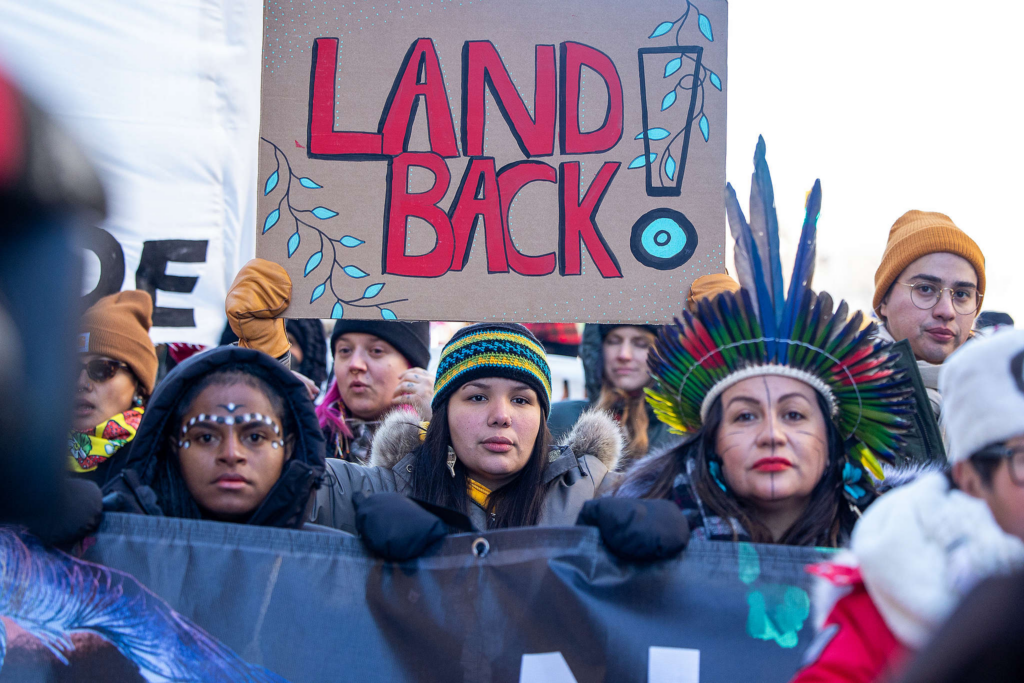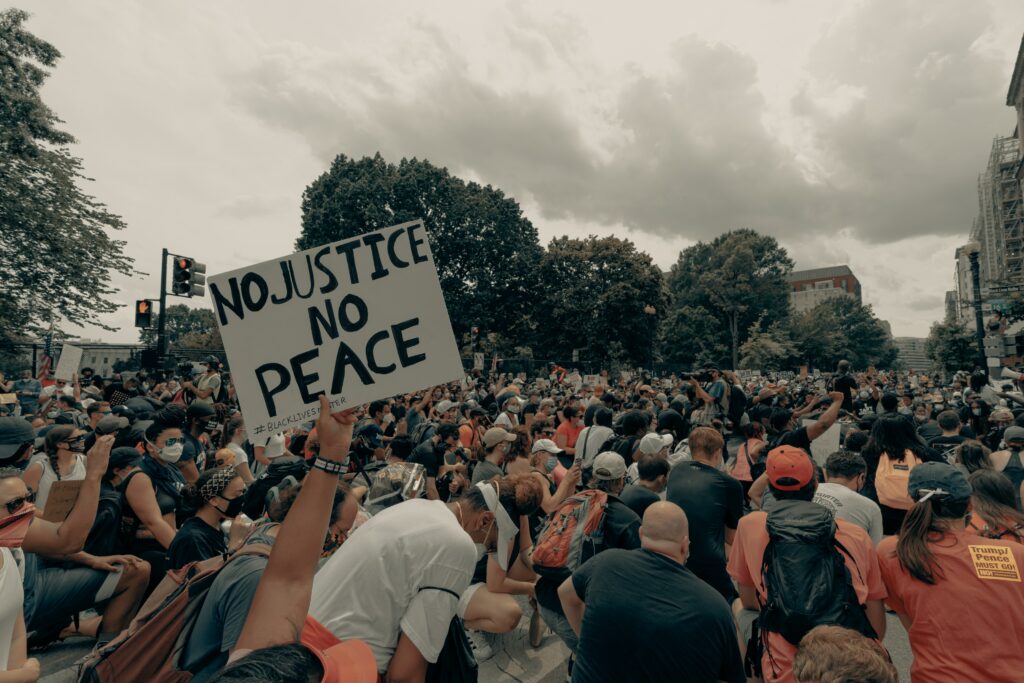Human Rights Coursework

Human Rights and Social Justice
My coursework has profoundly shaped my understanding of human rights, providing me with a comprehensive and nuanced perspective on these critical topics. It’s not just about theoretical knowledge; it’s about seeing how these ideas have been fought for, established, and challenged throughout history, and how they manifest in our lived realities.
The Foundation of Human Rights: From Theory to Practice
One of my core courses, Foundations of Human Rights, provided a historical roadmap, tracing the evolution of human rights from ancient civilizations to modern-day declarations. Studying key moments like the Magna Carta and the Universal Declaration of Human Rights (UDHR) helped me understand that the struggle for human rights is a long and continuous one.
However, the most profound learning came from a project that transformed theory into practice. I applied my understanding of systemic injustice to write and produce a stage play titled Shattered Silence, which explored the complexities of racial injustice and police brutality. This creative work was a powerful vehicle for bridging the gap between academic analysis and real-world advocacy, demonstrating how storytelling can be a tool for human rights education and for mobilizing a community to action. This experience showed me that rights are not just abstract concepts; they are principles that must be actively championed through creative and practical means.
Critical Awareness and Ethical Frameworks
My studies went beyond history to analyze key court rulings and international treaties, which provided a concrete understanding of global efforts to protect and advance human rights. Furthermore, my coursework emphasized an interdisciplinary approach, forcing me to confront how ethical frameworks must adapt to diverse social contexts.
Through a journal assignment, I engaged with a powerful critique of the metaphor of “decolonization” and its potential to erase the unique historical and current experiences of slavery. This assignment challenged my understanding of language and its ethical implications. It made me realize that communication is not just about conveying information, but about doing so with cultural humility and a deep awareness of the historical and social weight of the words we use. This deepened my critical awareness of how language can either uphold or undermine human rights.
Engaging with Indigenous Knowledge and Decolonization
The most impactful part of my academic journey has been my engagement with Indigenous knowledge and wisdom, especially while studying on the unceded territory of the Secwépemc people. This coursework has consistently challenged the Eurocentric biases of human rights theory, and this outcome has been central to that decolonization process.
My project, Beyond the Lines: Uniting Black and Indigenous Voices for Justice, was a profound exploration of this theme. I used spoken word poetry and visual media to reflect on the shared histories and struggles of Black and Indigenous peoples. This approach helped me understand that Indigenous knowledge is not merely a historical artifact but a living, dynamic system of thought and wisdom. By using art as a form of knowledge dissemination, I was able to prioritize Indigenous and Black perspectives, acknowledging how creative expression can be a powerful tool for cultural reclamation and a vital part of achieving true social justice. This experience solidified my commitment to centering the voices of those who have been historically marginalized in my future advocacy.
Social Justice Coursework

Perhaps the most impactful part of my education has been the hands-on, experiential learning. Through my project Beyond the Lines: Uniting Black and Indigenous Voices for Justice, I was able to apply my academic knowledge in a profoundly meaningful way. This project, which utilized spoken word poetry and visual media, was a form of public education and advocacy. By exploring the shared histories of colonialism and oppression faced by both Black and Indigenous peoples, I moved beyond a theoretical understanding of injustice to actively creating a platform for dialogue and unity.
This experience underscored the vital importance of alternative knowledge dissemination and the power of creative expression. My work on this project provided a firsthand look at how art can be a tool for decolonization and how it can bring diverse communities together to address systemic issues. It was a tangible way to engage with current human rights discussions, including the Black Lives Matter movement, intersectionality, and Indigenous struggles for land and justice. Grappling with these topics through creative expression sharpened my critical thinking and analytical skills, preparing me to be an active participant in the ongoing fight for equality.
Practicum Reflection

My practicum with the Canadian Mental Health Association and The Mustard Seed has served as a crucial bridge between academic theory and the complex realities of social justice work. This experience offered a dynamic environment to test and refine my understanding of key concepts, translating intellectual frameworks into actionable community engagement.
From Theory to Practice: Bridging the Gap
Initially, my objectives were rooted in a foundational understanding of human rights and social justice issues. I sought to comprehend the systemic barriers faced by vulnerable populations by conducting research and identifying challenges. However, my direct engagement with individuals facing homelessness and substance use at The Mustard Seed necessitated a critical shift from abstract knowledge to practical application. This evolution from intellectual awareness to tangible action was a central theme of my practicum.
For instance, my work in crisis intervention and conflict resolution was a direct application of this shift. These were not merely academic exercises but intentional efforts to create a safe and stable environment for individuals in crisis. My “AHA” moment came from realizing that human rights advocacy isn’t just about legal frameworks; it’s about providing immediate, on-the-ground support that affirms an individual’s dignity and humanity. This firsthand experience provided a richer, more nuanced understanding of human rights than any textbook could offer, particularly in the context of providing non-judgmental care and support.
Navigating Ethical Frameworks and Intercultural Praxis
My initial objective of understanding ethical and intercultural frameworks evolved significantly through direct engagement with a diverse community. While I began with a theoretical understanding, the real-world interactions forced me to confront the complexities of intercultural communication and the nuances of cultural sensitivity. The informal orientation at the shelters, while welcoming, highlighted the need for proactive self-education and a willingness to adapt my communication style.
The challenges I faced with building trust with clients, especially those who have experienced profound trauma, were formative. Overcoming these barriers required more than just theoretical knowledge; it demanded active listening, genuine empathy, and a consistent, transparent approach. This process honed my ability to navigate sensitive social contexts and reinforced the ethical imperative of centering the voices of equity-deserving groups. My work in connecting clients to community resources was a direct result of this learned sensitivity—a practical tool born from a deeper understanding of individual needs and systemic barriers.
Self-Reflection and Future Directions
My practicum was a continuous process of self-assessment and objective refinement. The regular feedback I received from my supervisor, as well as from the individuals I supported, provided a reflexive loop that ensured my efforts remained relevant and impactful. I learned to move beyond a focus on personal learning to prioritizing the sustainability of community initiatives, as seen in my efforts to build lasting partnerships and promote overall well-being.
The challenges of time management, emotional resilience, and building trust were not merely obstacles to overcome but integral components of my professional development. They have instilled in me a commitment to continuous learning and a desire to pursue further education in social work and public policy. My experience at the Canadian Mental Health Association and The Mustard Seed has solidified my understanding that social justice work is a collaborative, grassroots endeavor that requires both a deep theoretical knowledge and a pragmatic, community-centered approach. Going forward, I will be more proactive in seeking feedback and engaging in outreach to build stronger, more effective networks for systemic change.
Experiential Learning and Modern Advocacy
Reflecting on the use of art and a mixed-media presentation as a tool for experiential learning, my engagement with the content of my project Beyond the Lines: Uniting Black and Indigenous Voices for Justice became a powerful and deeply personal process. This method transcended traditional academic formats, allowing for a more profound and emotional connection to the subject matter.
Beyond Text: The Power of Art as a Medium
Moving beyond conventional essays and research papers, the mixed-media project became a vehicle for synthesizing complex themes of colonialism, resistance, and resilience. Instead of simply recounting historical facts, the artistic process compelled me to grapple with the emotional and psychological impact of shared histories of oppression on both Black and Indigenous communities. This approach shifted my focus from mere intellectual comprehension to empathetic understanding. The act of creating a tangible representation of these abstract concepts—using spoken word poetry, images, and African and Indigenous rhythms—allowed me to explore the nuances of these experiences in a way that written words alone could not.
Decolonizing the Learning Process
The project itself became an act of decolonization within my own learning. By using a mixed-media format, I was able to challenge the traditional, Western-centric methods of knowledge transfer. The process of curating visuals and soundscapes to represent the history of resistance was a form of counter-narrative. It allowed me to prioritize Black and Indigenous perspectives and voices, and to reflect on how art can serve as a powerful tool for cultural reclamation and self-determination. The presentation became a space where I could critically analyze how mainstream narratives have historically erased these experiences and intentionally worked to center them instead.
A Transformative Experience
Ultimately, the mixed-media project was a transformative experience. It not only solidified my academic knowledge but also cultivated a sense of personal responsibility toward social justice. The creation process fostered a deeper appreciation for the intergenerational trauma and resilience of both Black and Indigenous communities. The final presentation was not just a summary of my learning; it was a personal testament to my commitment to decolonization and an acknowledgment of the power of creative expression in human rights advocacy. This approach has forever changed how I view the relationship between art, education, and social change.